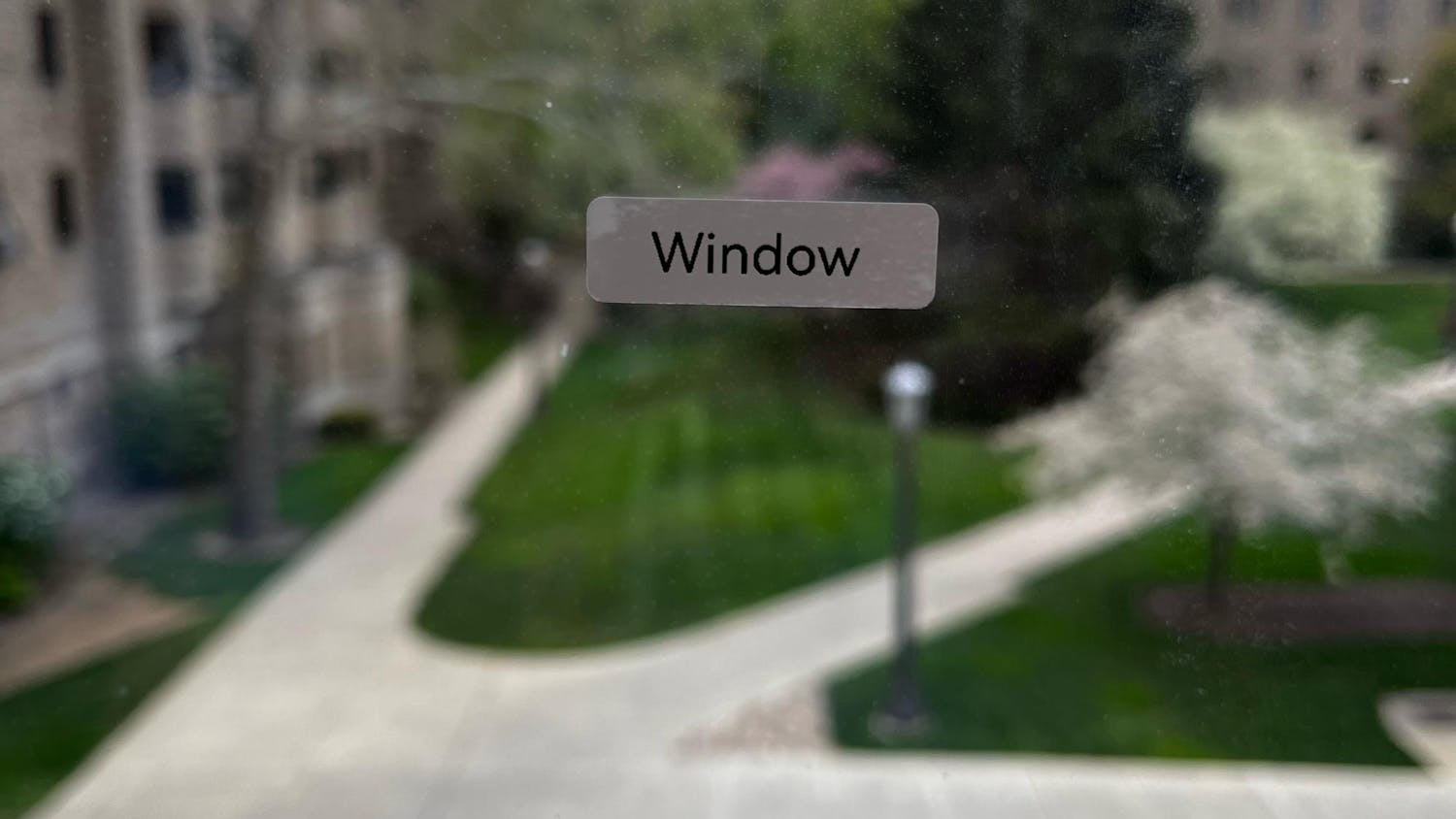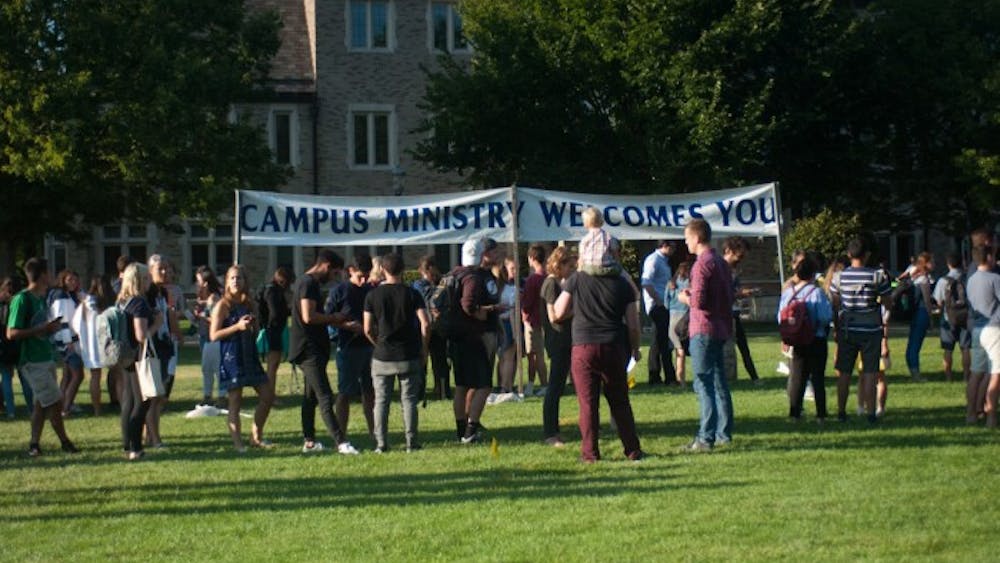Over the decades, people have protested a myriad of social injustices with their voices and physical presence. When women were fighting for the right to vote, they did it publicly and in person. They held marches, rallies and speeches. When African Americans were fighting for civil rights, they didn’t do it from inside their homes. They were out, fighting for what they believed in.
But we are beginning to lose that type of remonstration. As the Internet continues to become more powerful and more popular, society is changing with it. While many of these changes are obvious (who has sent a letter through the “snail mail” recently?), some of the changes are almost imperceptible.
One of those changes is how we react, as a society, to things we find “wrong.” Where people used to gather by the hundreds or thousands to express their opinions about civil rights, war, religion and more, people now first flock to their computer keyboards. People “tweet” about things that irk them. They share them electronically through news sites and social media, adding their own opinions and ideas to the argument all from behind their keyboard.
Is that right or wrong? Or just a sign of our times?
The emersion of social media and its role in working toward social change is an interesting conundrum. The Internet allows people to communicate with a far vaster audience, and share ideas across geographical, religious, political or other boundaries. It facilitates conversations with people who would have never had contact before.
Social media is arguably faster than the physical alternative. When Coca-Cola aired their controversial commercial during the Superbowl, Twitter lit up within seconds with a running dialogue of what America thought of it. The ability to share ideas and opinions through social media aggregated the conversation much faster than a physical, in-person discussion.
But social media is almost much easier to ignore; there is nothing physical about it. If you get off the Internet, it’s gone. When being heard is the main objective, putting the information on an easily ignored medium isn’t reaching the full potential of the message.
Social media is also abbreviated, which means it doesn’t naturally allow for in-depth and serious discussions on social issues. When scrolling through photos from last weekend and posts about the trials of 8:30 a.m. college algebra, a link to a dialogue on a serious social issue doesn’t hold a lot of weight.
When people are physically present behind their beliefs, it’s noticeable. Occasionally, visiting groups will take over Bosco Student Plaza in front of the K-State Student Union and share their beliefs and ideas with anyone who walks by. While I do not typically agree with their message, I am more inclined to agree with the tactic. Being physically present and invested in your arguments and beliefs means something. It’s important.
People do still sometimes physically gather behind what they are fighting for and that’s great, but it’s slowly slipping away. Social media has many advantages, especially when used to move toward social change; it can share information and ideas quickly with a wide audience. However, its lack of permanence and inability to delve deeply into ideas prevents it from being the end-all be-all for accomplishing lasting, real-world change. It should be an element of moving for social change, but not the only vehicle.
We can’t forget the power of our presence, and should stand up (literally) to fight for the change we want to see.
This article was originally published on March 20 for The Collegian, the daily student newspaper of Kansas State University.













